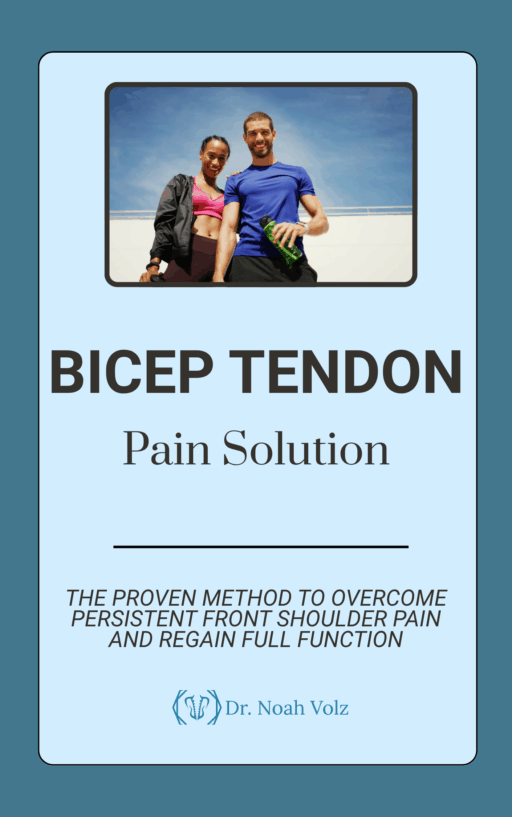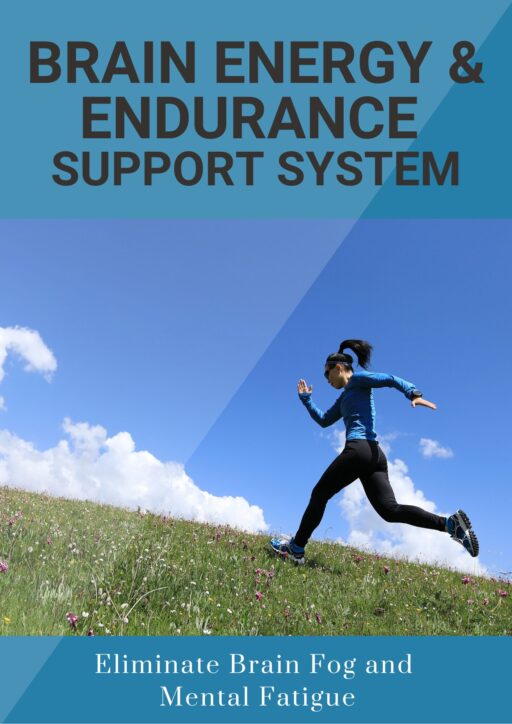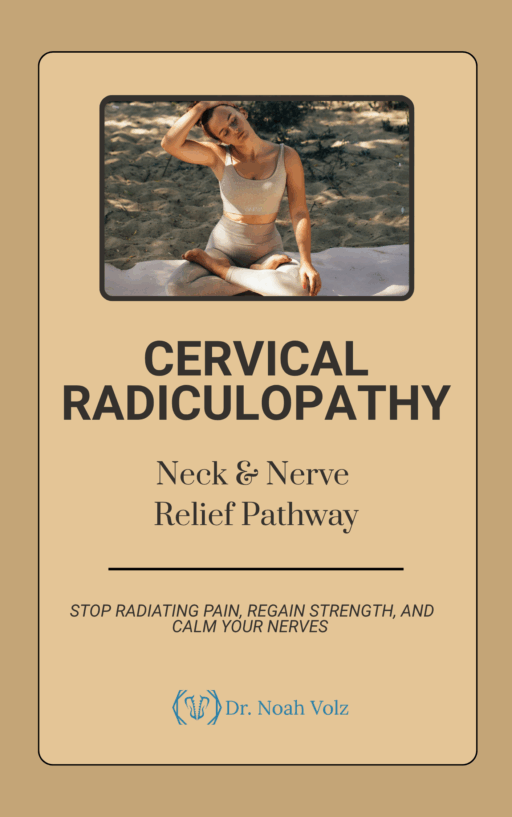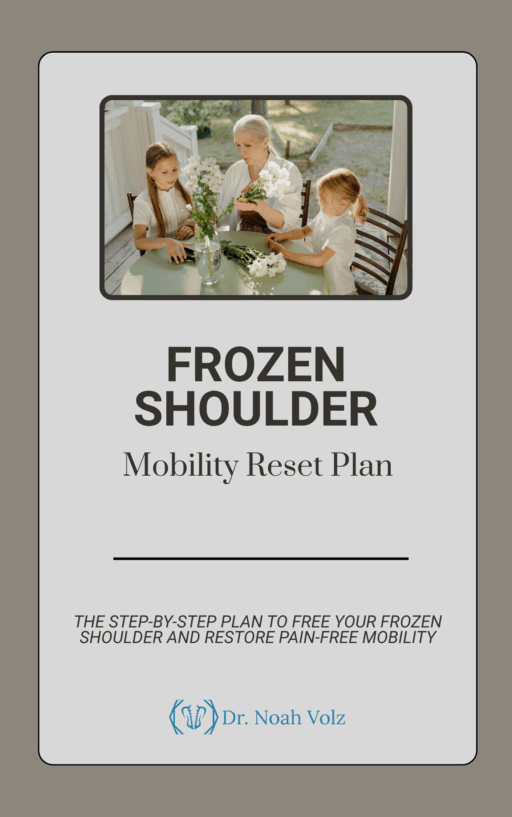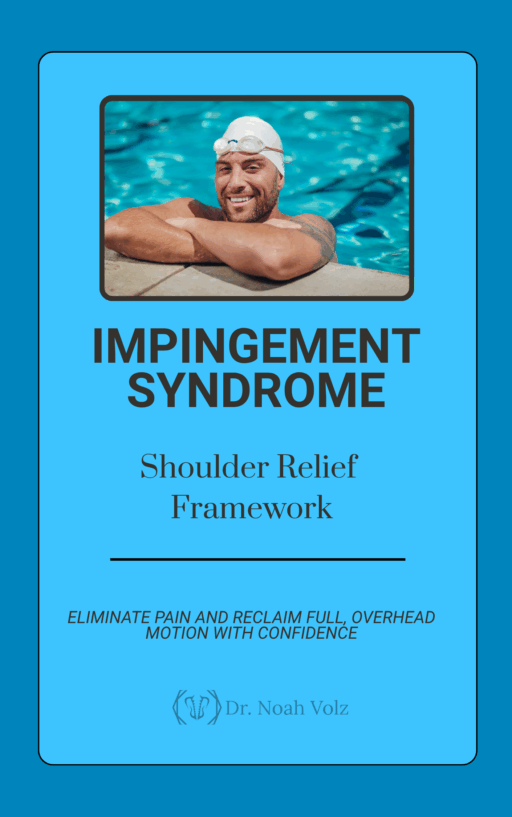Sarah used to be a sound sleeper. For 38 years, she could fall asleep anywhere, anytime. But for the past eight months, every night had become a battle between exhaustion and excruciating shoulder pain.
Rolling over in bed felt like someone was driving a hot poker through her shoulder. Sleeping on her right side was impossible. Even lying on her back caused a deep, throbbing ache that kept her awake for hours.
“I was surviving on maybe three hours of sleep a night,” Sarah recalls. “I’d doze off from pure exhaustion, then wake up in agony when I accidentally moved my shoulder. My husband started sleeping in the guest room because I was tossing and turning so much.”
The worst part wasn’t just the sleepless nights—it was watching her active lifestyle disappear. Sarah, a yoga instructor and avid rock climber, couldn’t even reach overhead to get a plate from the cupboard without wincing in pain.
After months of failed treatments, her MRI revealed the culprit: a large calcium deposit in her rotator cuff tendon, pressing against surrounding tissues and causing severe inflammation.
Her orthopedic surgeon’s recommendation? Arthroscopic surgery to remove the deposit.
The Hidden Epidemic of Calcific Shoulder Tendinitis
If you’re dealing with calcific shoulder tendinitis, you’re not alone. This condition affects up to 20% of people with shoulder pain, yet it remains one of the most misunderstood and poorly treated shoulder problems.
Here’s what your daily struggle probably looks like:
You wake up (if you managed to sleep at all) with a stiff, aching shoulder. Getting dressed becomes a strategic operation—forget about putting on a bra or tucking in a shirt without help. Reaching into the backseat of your car sends shooting pain through your shoulder.
At work, you find yourself unconsciously protecting your arm. Lifting anything overhead is out of the question. Even typing can become uncomfortable as the pain radiates down your arm.
But it’s the nights that are the worst. The constant, deep aching that intensifies when you lie down. The sharp, stabbing pain when you accidentally roll onto the affected shoulder. The exhaustion from chronic sleep deprivation that affects every aspect of your life.
You’ve probably been told that calcium deposits are “normal wear and tear” or “just part of aging.” This is different.
Calcific tendinitis is a distinct condition where calcium phosphate crystals form within the rotator cuff tendons, creating inflammatory reactions and mechanical impingement. These deposits aren’t permanent fixtures—they can be dissolved and eliminated naturally.
Why Traditional Treatments Often Miss the Mark
Most treatments for calcific shoulder tendinitis focus on managing pain rather than addressing the calcium deposits themselves. This approach explains why so many patients cycle through multiple failed treatments:
Conventional treatments typically include:
- Anti-inflammatory medications (minimal effect on calcium deposits)
- Physical therapy (can’t dissolve calcium but may help mobility)
- Steroid injections (temporary pain relief, no deposit removal)
- Needling procedures (invasive with limited success rates)
- Surgery (removes deposits but involves significant recovery time)
Here’s the fundamental problem: Unless you actually dissolve or eliminate the calcium deposits, the mechanical irritation and inflammation will continue. You’re treating the symptoms while the root cause remains untouched.
Research published in the Journal of Shoulder and Elbow Surgery found that up to 30% of patients with calcific tendinitis don’t respond adequately to conservative treatment, leading many to consider surgical intervention as their only option.
The Revolutionary Treatment That Dissolves Calcium Naturally
What if there was a way to actually dissolve those calcium deposits without surgery? What if you could eliminate the source of your pain and inflammation using your body’s own natural healing mechanisms?
Radial Extracorporeal Shockwave Therapy (rESWT) is doing exactly that for patients with calcific shoulder tendinitis.
This breakthrough treatment uses precisely focused acoustic waves to mechanically disrupt calcium deposits while simultaneously stimulating the body’s natural resorption processes. Unlike surgery, which requires removing tissue, shockwave therapy works with your body to naturally eliminate the deposits.
The multi-phase healing process:
Phase 1: Mechanical Disruption Shockwave energy breaks down the crystalline structure of calcium deposits, creating smaller fragments that are easier for the body to eliminate.
Phase 2: Enhanced Circulation Treatment stimulates increased blood flow to the affected area, bringing in immune cells and nutrients needed for healing.
Phase 3: Inflammatory Resolution The body’s natural inflammatory response helps dissolve and remove calcium fragments through the lymphatic system.
Phase 4: Tissue Regeneration As calcium deposits are eliminated, healthy tendon tissue regenerates, restoring normal shoulder function.
The most remarkable aspect? Your body does all the healing work naturally—the shockwave therapy simply initiates and accelerates the process.
The Science Behind the Success
The research supporting radial shockwave therapy for calcific shoulder tendinitis is extraordinary, with success rates that often exceed surgical outcomes.
A landmark study published in the New England Journal of Medicine followed 144 patients with calcific tendinitis. After shockwave treatment, complete calcium deposit dissolution occurred in 86% of patients, with 91% reporting significant pain improvement at 6-month follow-up.
The Journal of Bone and Joint Surgery published research comparing shockwave therapy to surgical removal of calcium deposits. The results were striking: shockwave therapy achieved equivalent pain relief and functional improvement with zero surgical complications and dramatically shorter recovery times.
Most impressive: A systematic review analyzing 23 clinical trials involving over 2,400 patients found that radial shockwave therapy achieved complete calcium deposit dissolution in 78% of cases, with success rates increasing to over 85% when patients completed the full treatment protocol.
These results have led many orthopedic surgeons to recommend shockwave therapy as the first-line treatment for calcific shoulder tendinitis before considering surgical options.
Sarah’s Remarkable Recovery Journey
Remember Sarah, the yoga instructor who couldn’t sleep through the night? After researching alternatives to surgery, she discovered my clinic specializing in radial shockwave therapy for calcific tendinitis.
“I was desperate,” Sarah admits. “The thought of surgery terrified me, not just because of the risks, but because of the recovery time. As a yoga instructor, I couldn’t afford to be out of commission for months.”
Sarah’s treatment protocol involved six shockwave sessions over six weeks. Each 20-minute treatment targeted the calcium deposit identified on her MRI, with intensity gradually increased as her tolerance improved.
“The first treatment was intense but tolerable,” Sarah recalls. “It felt like deep, rhythmic pressure directly on the deposit. I was warned that I might experience increased pain for a few days as the calcium started breaking down.”
Sarah’s recovery timeline:
- Week 1: Initial treatment, temporary increase in shoulder discomfort
- Week 3: First full night of sleep in months, reduced morning stiffness
- Week 6: Could reach overhead without pain, returned to modified yoga practice
- Week 10: MRI showed 80% reduction in calcium deposit size
- Week 16: Complete calcium deposit dissolution, full range of motion restored
“It’s been two years since my treatment, and I have zero shoulder pain,” Sarah says. “I’m teaching yoga again, climbing harder routes than ever, and sleeping like a baby. The calcium deposit is completely gone, and my shoulder feels stronger than before the problem started.”
The Treatment Experience: What to Expect
Radial shockwave therapy for calcific shoulder tendinitis follows a proven protocol designed to maximize calcium deposit dissolution:
Initial Evaluation: Comprehensive assessment including diagnostic imaging to map calcium deposit location, size, and density. Treatment parameters are customized based on deposit characteristics and patient tolerance.
Treatment Protocol (Weeks 1-6): Typically 4-6 sessions scheduled 1-2 weeks apart. Each 20-30 minute treatment delivers thousands of precisely calibrated shockwave pulses to the calcium deposit.
Dissolution Phase (Weeks 2-12): As calcium deposits break down, the body’s natural elimination processes remove the fragments. Patients may experience temporary increased pain as this process occurs—this is actually a positive sign that the treatment is working.
Recovery Phase (Weeks 8-20): Progressive return to normal activities as shoulder function improves. Physical therapy may be recommended to restore optimal strength and mobility. Shockwave can continue to help for months afterwards.
Follow-up Imaging: Repeat MRI or ultrasound confirms calcium deposit dissolution and guides return to full activity.
Sarah’s experience reflects the success thousands of patients are achieving with radial shockwave therapy:
The Advantages That Are Changing Treatment Standards
Radial shockwave therapy offers compelling advantages over traditional treatments for calcific shoulder tendinitis:
Compared to Surgery:
- No surgical risks or complications
- No anesthesia required
- Immediate return to daily activities
- Preserves all existing tissue
- Can be repeated if necessary
- Significantly lower cost
Compared to Steroid Injections:
- Actually eliminates calcium deposits
- Provides lasting results
- No tissue weakening effects
- No injection site complications
- Addresses root cause, not just symptoms
Compared to Conservative Treatment:
- Active dissolution of calcium deposits
- Predictable, measurable outcomes
- Shorter treatment duration
- Higher success rates
- Prevents progression to surgery
Don’t Let Calcium Deposits Control Your Life
Every sleepless night, every restricted movement, every activity you avoid because of shoulder pain—it all adds up to a significantly diminished quality of life. But it doesn’t have to be permanent.
Sarah went from sleepless nights and restricted movement to complete calcium deposit dissolution and full return to her active lifestyle. Patients around the world are discovering that the calcium deposits they thought were permanent can actually be eliminated naturally.
Your calcific shoulder tendinitis isn’t a life sentence.
You don’t have to choose between chronic pain and major surgery. You don’t have to accept sleepless nights as your new normal. You don’t have to watch your active lifestyle disappear because of calcium deposits.
The solution exists. The question is: Are you ready to dissolve those deposits and reclaim your life?
Radial shockwave therapy offers what you’ve been searching for: a non-invasive way to actually eliminate the calcium deposits causing your pain. No surgery. No lengthy recovery. No permanent limitations.
Just the natural dissolution of calcium deposits and the return of pain-free shoulder function.
Ready to dissolve your calcium deposits naturally? Contact our clinic today to learn if radial shockwave therapy can eliminate your calcific shoulder tendinitis without surgery.
Clinical References
- Gerdesmeyer L, et al. Extracorporeal shock wave therapy for the treatment of chronic calcifying tendonitis of the rotator cuff: a randomized controlled trial. JAMA. 2003;290(19):2573-2580.
- Ioppolo F, et al. Extracorporeal shock-wave therapy for supraspinatus calcifying tendinitis: a randomized clinical trial comparing two different energy levels. Phys Ther. 2012;92(11):1376-1385.
- Louwerens JK, et al. The effectiveness of high-energy extracorporeal shockwave therapy versus ultrasound-guided needling versus arthroscopic surgery in the management of chronic calcific rotator cuff tendinopathy: a systematic review. Arthroscopy. 2016;32(1):165-175.
- Del Castillo-González F, et al. Treatment of calcific tendinopathy of the supraspinatus with extracorporeal shock waves: a prospective randomised single-blind study. Bone Joint J. 2014;96-B(11):1498-1502.
- Rebuzzi M, et al. Arthroscopic treatment of calcifying tendinitis of the rotator cuff: clinical and ultrasonographic follow-up findings at two to five years. J Shoulder Elbow Surg. 2008;17(1 Suppl):85S-89S.
-

Bicep Tendon Pain Solution
$50.00 -

Brain Detoxification & Recovery System
$50.00 -

Brain Energy and Endurance Support System
$50.00 -

Brain-Based Movement and Motor Control Training
$50.00 -

Centralized Low Back Pain
$50.00 -

Cervical Radiculopathy: Neck and Nerve Relief Pathway
$50.00 -

Complex Low Back Pain
$50.00 -

Complex Radiating Low Back Pain
$50.00 -

Cross-Pattern Low Back Pain
$50.00 -

Frozen Shoulder Mobility Reset Plan
$50.00 -

Impingement Syndrome: Shoulder Relief Framework
$50.00 -

Mastering Brain Senses: Rebuild Your Hearing, Vision, and Body Awareness
$50.00


